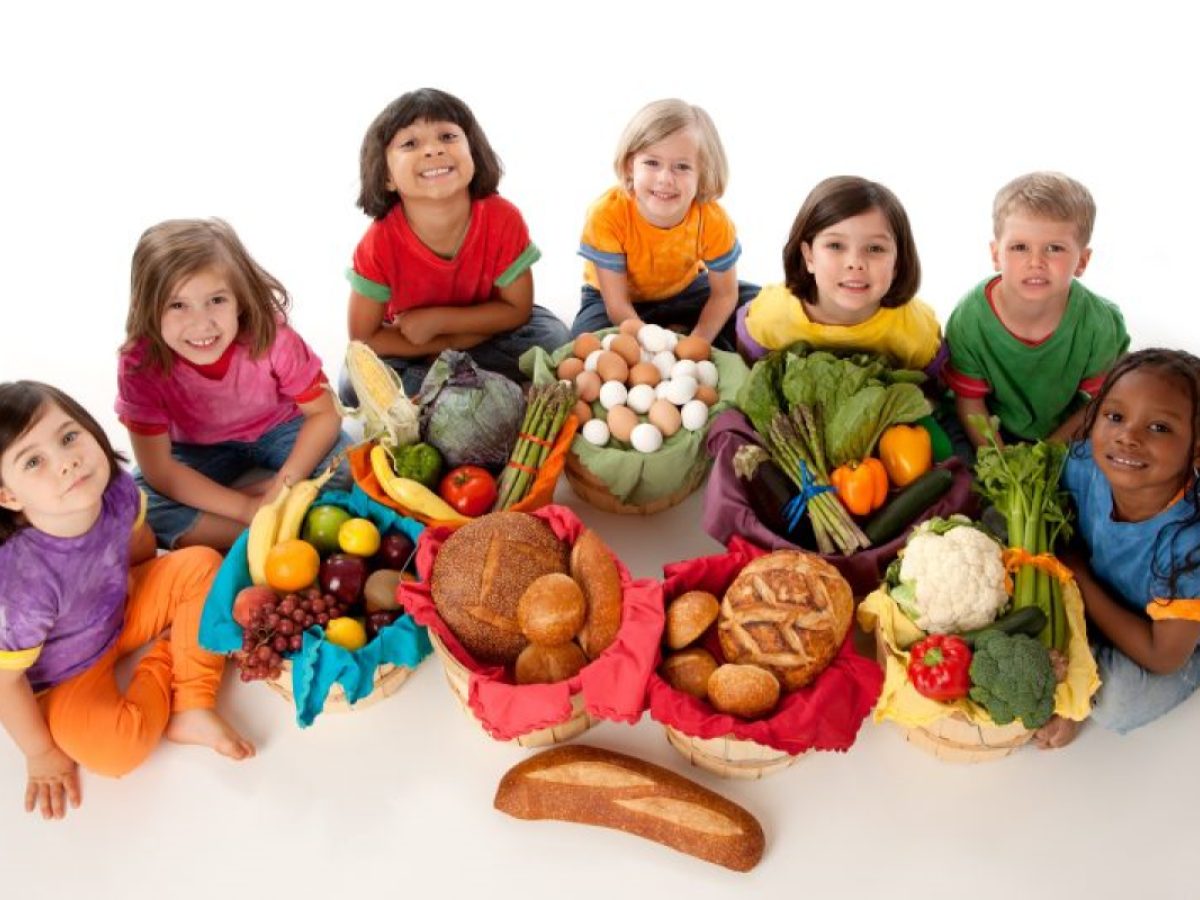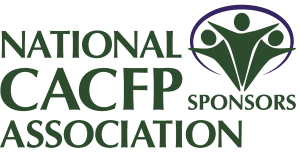Healthy Iron Intake
Institute of Child Nutrition
June 22, 2023

In the United States, about 7% of children ages 1–5 have iron deficiency anemia—and this number is even higher for children ages 1–2. Iron deficiency anemia occurs when there is not enough iron in the body to produce healthy red blood cells to carry oxygen throughout the body. Our bodies only need a small amount of iron, but without it, a child can appear pale in color; suffer from frequent headaches; or feel cranky, tired, and weak. Our partners at ICN review good sources of iron and how the CACFP Meal Pattern supports a healthy intake of iron.
Sources of Iron
There are two main types of iron found in the food we eat. Heme iron is found in animal products like meat, seafood, and eggs. Non-heme iron is found in plants like dried beans and peas, tofu, and green leafy vegetables. Heme iron is absorbed better in the body than non-heme iron. Let’s explore ways to serve foods so that the body best absorbs iron.
CACFP Meal Patterns and Iron
Infants and Iron
Infants are born with a certain amount of iron in their bodies. Over time, they need additional iron from their diet for proper development. As the infant is developmentally ready, the CACFP Infant Meal Pattern allows for serving foods that are good sources of iron, such as iron-fortified infant cereal, meat, fish, poultry, eggs, and cooked dry beans and peas.
Transition From Infant to Toddler
As infants become toddlers, they transition from getting a large portion of calories from formula or breast milk to getting most of their calories and nutrients from food. You may notice that some toddlers rely on milk in a bottle or sippy cup to fill them up. While milk is a source of many nutrients, it is low in iron. Filling up on milk may increase the risk of iron deficiency anemia. The CACFP meal pattern supports the transition to more iron-rich foods by requiring that all meal components be served starting at 1 year of age. Encouraging toddlers to eat all of the components offered in a meal can help them get more iron.
High Iron Meats/Meat Alternates
In the CACFP, meats and meat alternates may be served as a breakfast component up to three times a week, are required at lunch (and/or supper), and are an option at snack. Yogurt and cheese are not good sources of iron, but the following meats/meat alternates are good sources of iron.
- Lean meats, poultry, and fish*
- Tofu and soy products
- Eggs*
- Cooked dry beans or peas
- Peanut butter, soy nut butter, or other nut and seed butter (these can be choking hazards and should only be offered when developmentally appropriate)
*Heme iron sources (noted above with an asterisk) are better absorbed than non-heme sources. However, eating non-heme and heme iron sources together helps increase non-heme iron absorption. For example, serving chicken thighs and baked beans together will increase the absorption of the non-heme iron in the baked beans.
Fruits and Vegetables and Iron
Many vegetables are a source of non-heme iron, which is not absorbed as well in the body as heme iron from animal sources. Vitamin C helps with iron absorption. To help the body better absorb non-heme iron, serve these foods with fruits and vegetables that are good sources of vitamin C.
Good sources of non-heme iron:
- Broccoli
- Lentils
- Potatoes
- Soybeans
- Spinach
- Sweet potatoes
Good sources of vitamin C:
- Bell peppers
- Oranges
- Strawberries
- Tomatoes
Whole and Enriched Grains as Sources of Iron
Whole grains such as quinoa, brown rice, and oatmeal are natural sources of non-heme iron. Refined grains have the bran (outer part of the grain) removed, which is where most of the iron is. However, many grains are enriched, which means that iron and other nutrients are added back into the product. The CACFP meal pattern requires that all refined grains served be enriched. Therefore, providing and encouraging grain products as required by the CACFP will add to the overall iron intake.
For more information read ICN’s June Mealtime Memo and check out NCA’s resource Why Do We Need Iron.
